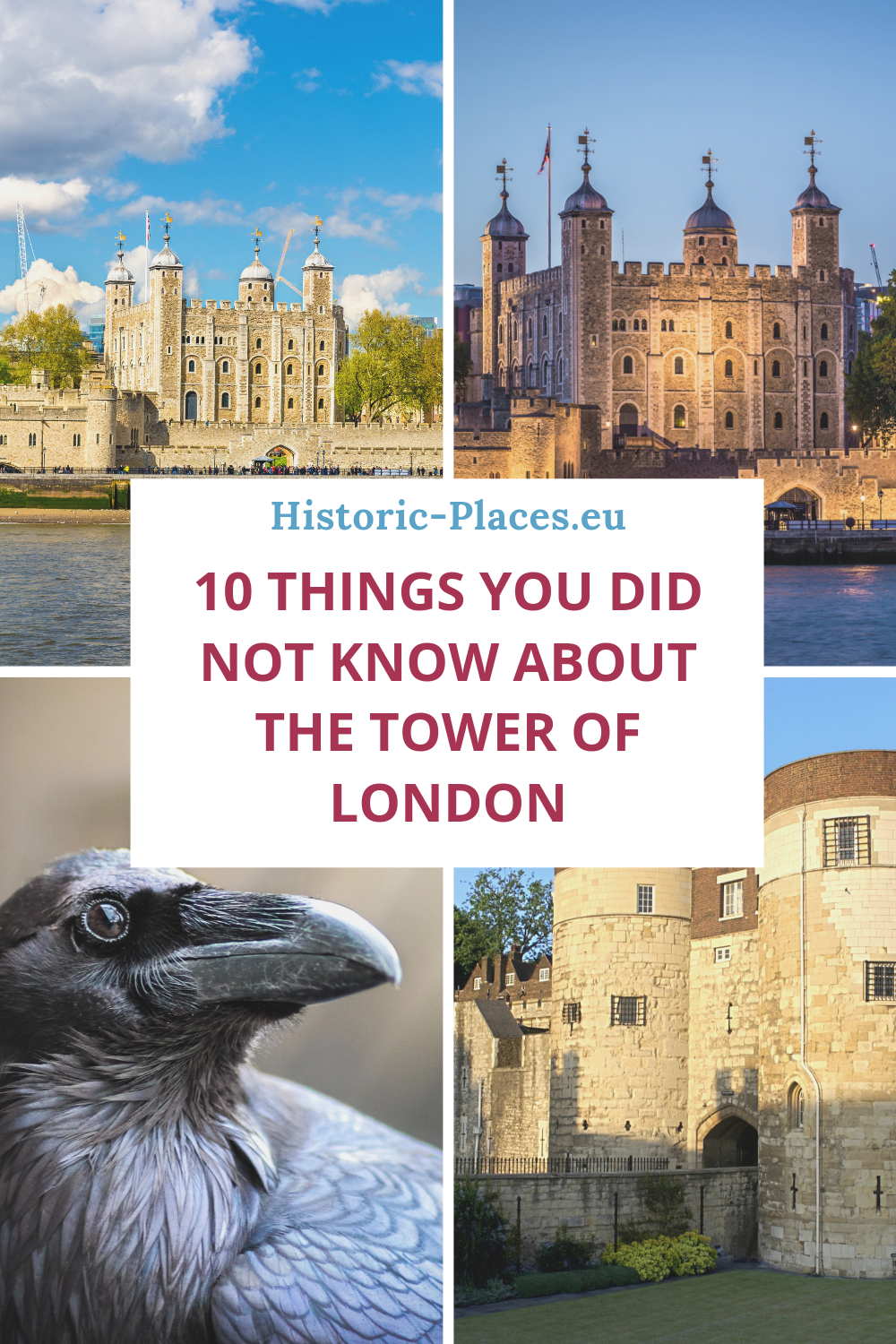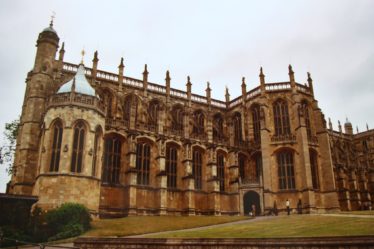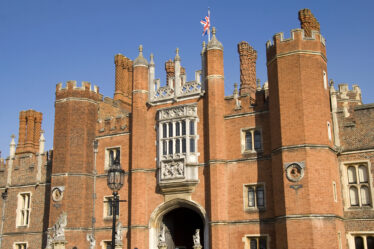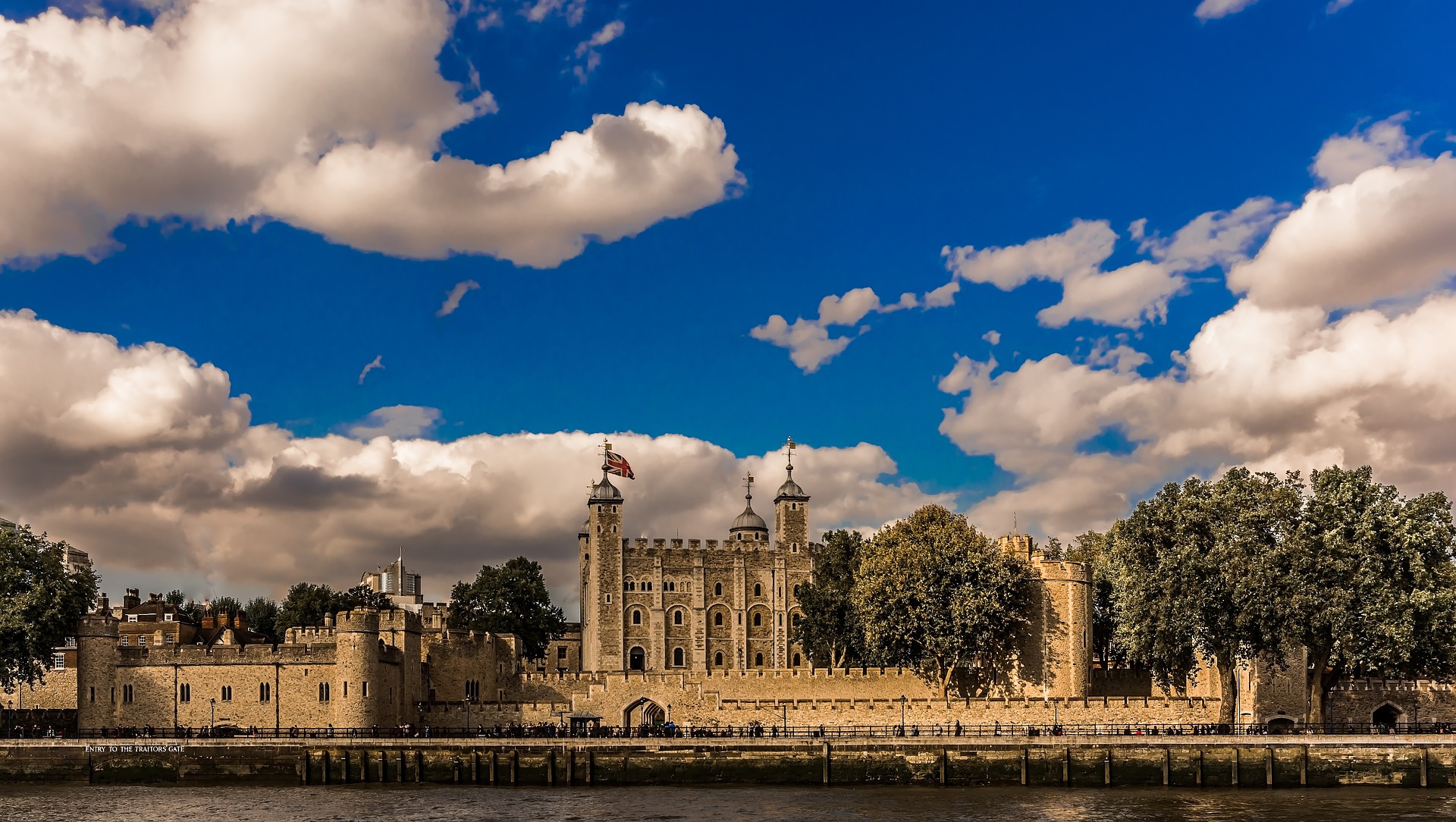
Her Majesty’s Royal Palace and Fortress, the Tower of London. This is the official title of the almost a thousand years old fortress at the banks of the river Thames, now one of Britain’s most popular tourist destinations. Today the Tower is known to many as a prison and execution site, but it was built as a fortress and also served as a royal residence for a long time. There are many myths and rumours surrounding these ancient walls, so today I will give you some information that you didn’t know about and which may destroy some of the myths.
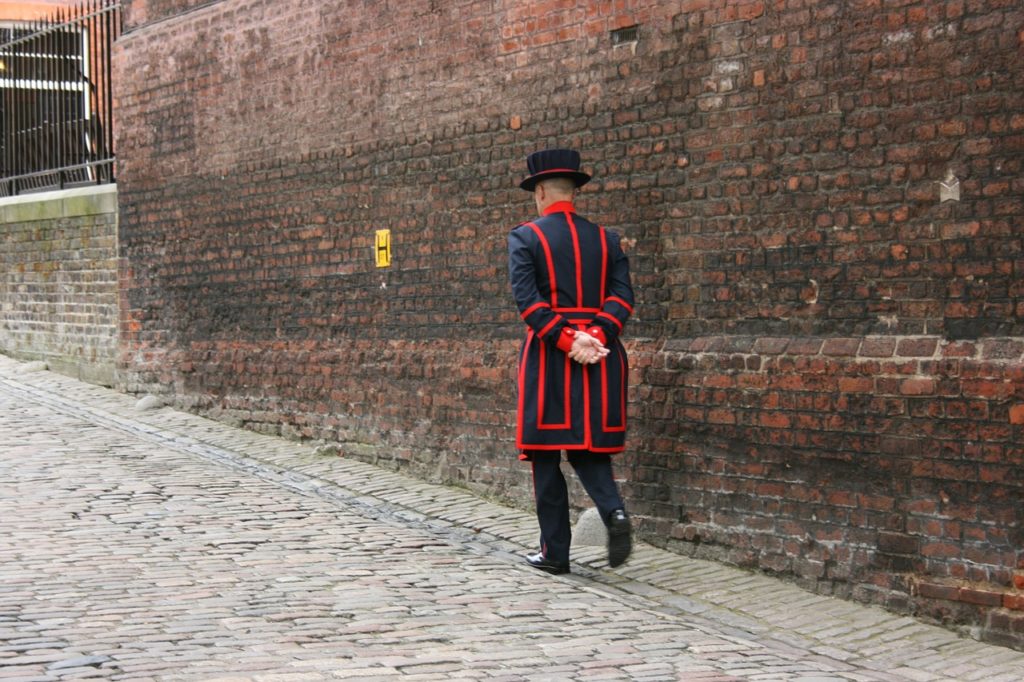
10 things you didn’t know about the Tower of London
1.) The peasant revolt of 1381 could storm the impregnable Tower of London because many Yeoman Warders of that time preferred to delegate their tasks to hired boys from the streets. But since they sympathized with the revolting peasants, they probably simply opened the gates of the Tower for them.
2.) In the Tower an armor of Henry VIII is exhibited, which in the Victorian age drove some young ladies to strange behavior: There was the superstition that it would bring a blessing of children if Henry’s armor were spiked with needles in a place which is especially holy for men. Which is peculiar, considering how many problems Henry had with producing an heir.
3.) On the infamous Tower Green, on which today the scaffold monument is located, only ten people were executed, two of them women of Henry VIII. (Anne Boleyn and Katherine Howard) and a total of three English queens (the two mentioned as well as the so-called nine-day queen Lady Jane Grey). The usual place of execution lay outside the Tower on Tower Hill. Those who found their end inside of the tower were either of particularly high rank or their execution should be carried out discreetly with few spectators. Or both.
4.) Not every prisoner in the Tower had a bad life there in the early years. During the Hundred Years’ War the French King John II was held hostage in the Tower. Not only have the expenses for his stay been immense (his meals were prepared with luxurious spices in large quantities), but he also got the freedom to leave the Tower at any time. He even gave a banquet for the English king in his own fortress.
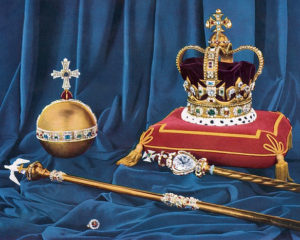
5.) Hardly any of the crown jewels kept in the Tower of London are older than 350 years. When Charles I was executed after the English Civil War and the monarchy was abolished, the symbols of his hated rule were smashed, melted down and sold. Some of the objects dated back to the time before the Norman conquest. Only the coronation spoon, at least 800 years old, survived. The invaluable crown jewels force the employees in charge of their care to work at night, as they may only be removed from their showcases outside the tower’s opening hours.
6.) Charles II decreed that the Tower of London must always house six ravens, because otherwise, according to a legend, the kingdom would perish. Today there are seven to eight for safety. Scientists, however, are not quite sure whether this story, like so much else, did not spring from the Victorian fantasy.
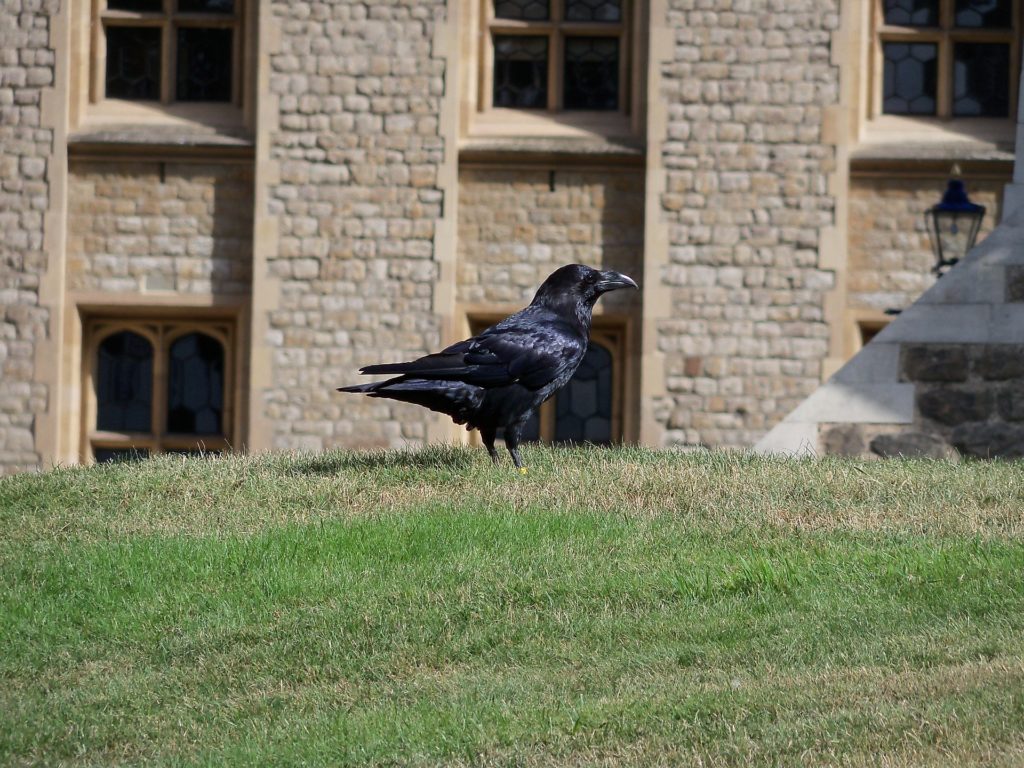
7.) The Duke of Wellington was Constable of the Tower of London for 26 years from 1826 and introduced the system of appointing the Yeoman Warders, which is still practised today. Previously, Yeoman Warders could simply sell their post when they retired. Now it must be long-serving and deserving military personnel.
8.) One weekend a year, hobby archaeologists are allowed to browse the Thames bank at the Tower during low tide for remnants of a millennium of Tower history.
9.) The Yeoman Warder not only work in the Tower of London, but also live there with their families. There is a doctor, a post office and of course a pub.
10.) The “Ceremony of the Keys” is the centuries old ritual with which every evening at 10 pm the Tower is locked for the night. It is the longest uninterrupted military ceremony in the world and probably began during the reign of Edward III in the 14th century. He arrived at the Tower one night in 1340 and found the gates unlocked, against his orders. He threw all those responsible into prison. In the Second World War the ceremony was interrupted for the only time when some bombs hit the Tower. The guarded officer afterwards wrote to George VI to apologise for the delay and the king ordered that none of the participants should be punished.
Your visit to the Tower of London
Address:
Tower of London, London, EC3N 4AB
Opening hours:
The Tower of London is open daily except December 24 – 26 and January 1st.
During summer (01.03. – 31.10.) the Tower is open during these hours:
Tuesday to Saturday 9:00-17:30
Sunday and Monday 10:00-17:30
Last entry 17:00
In winter (01.11. – 28.02.) you can visit the Tower at these times:
Tuesday to Saturday 9:00-16:30
Sunday and Monday 10:00-16:30
Last entry 16:00
You can find current information about special attractions or closed areas on this page.
Arrival:
The easiest way to get to the Tower of London is by subway. The nearest stop is Tower Hill, where District and Circle Lines stop. From the stop it is only a five minute walk to the Tower.
The train takes you to Fenchurch Street (five minutes walk) or London Bridge (15 minutes walk).
Bus lines 15, 42, 78, 100 and RV1 also take you to the Tower, as do all major sightseeing bus tours.
For a really special journey, take the Riverboat and get off at the Tower Pier.
The arrival by car is not recommended, because Tower Hill is not accessible for vehicles, has no parking facilities and parking in the surrounding area is limited. Parking is available at Tower Hill car and coach park, address 50 Lower Thames Street. Here, however, one hour of parking during normal business hours costs 3 pounds.
Entrance fee:
You will get the best prices if you buy your tickets online and print them out at home. So you save yourself the queue at the cash desk. Tower of London tickets always include access to all public areas of the Tower, a tour of the Crown Jewels and participation in the hourly Beefeater Tour – which is highly recommended!
Do you want to visit other attractions in and around London besides the Tower of London? Then the Royal Palaces Pass, the London Pass or the Central London Pass can save you a lot of money compared to single admission.
